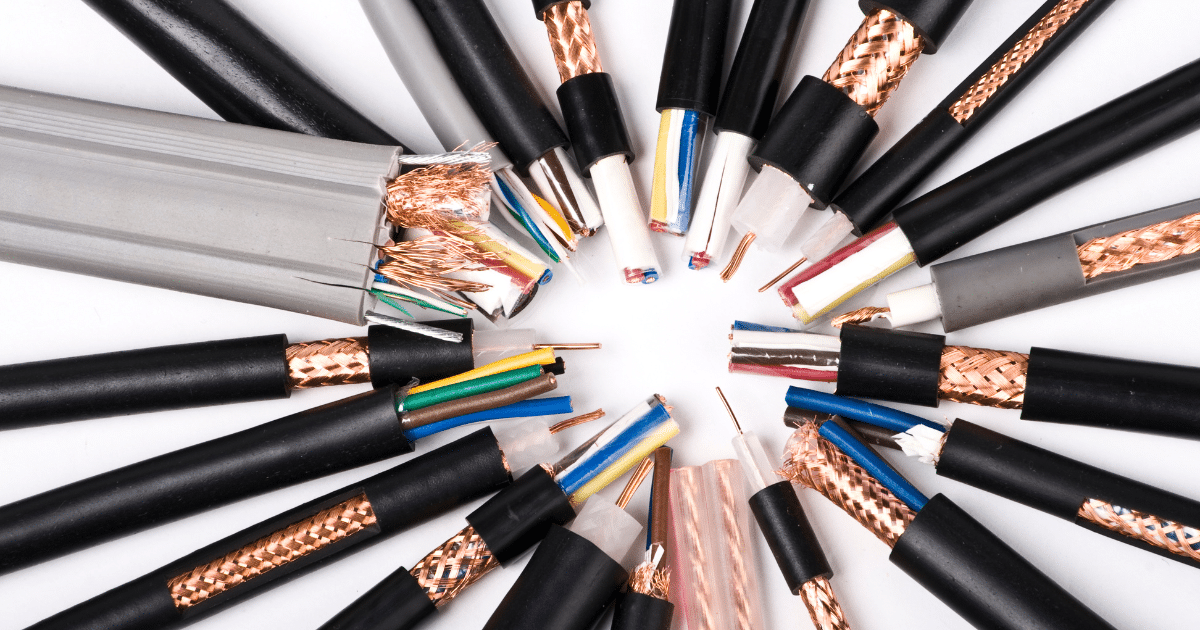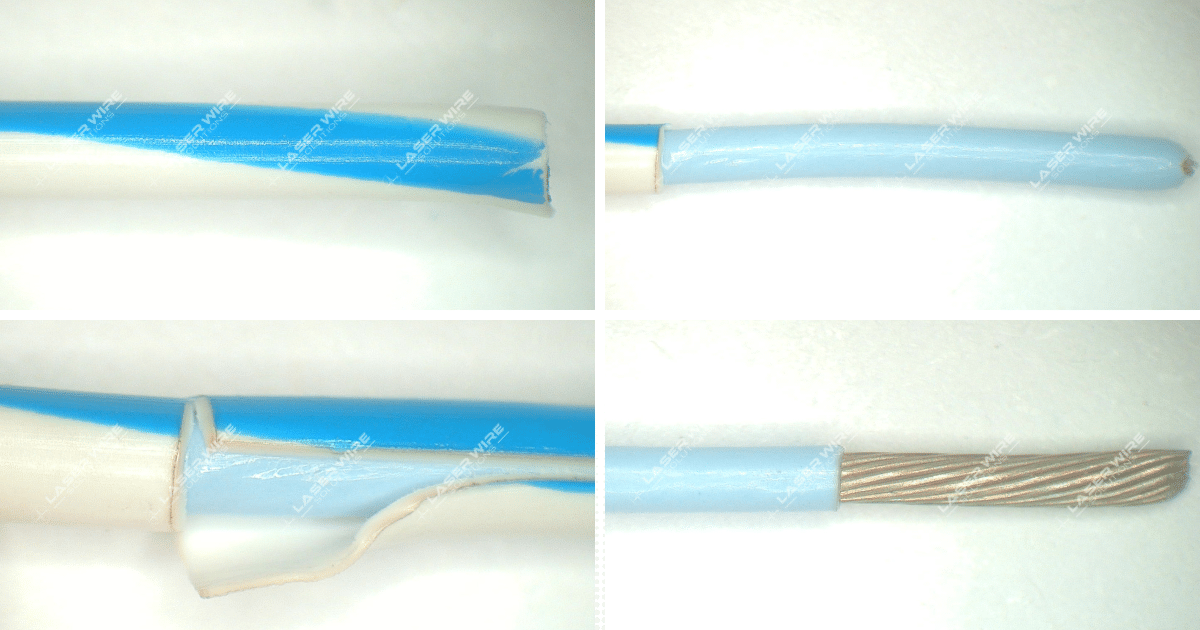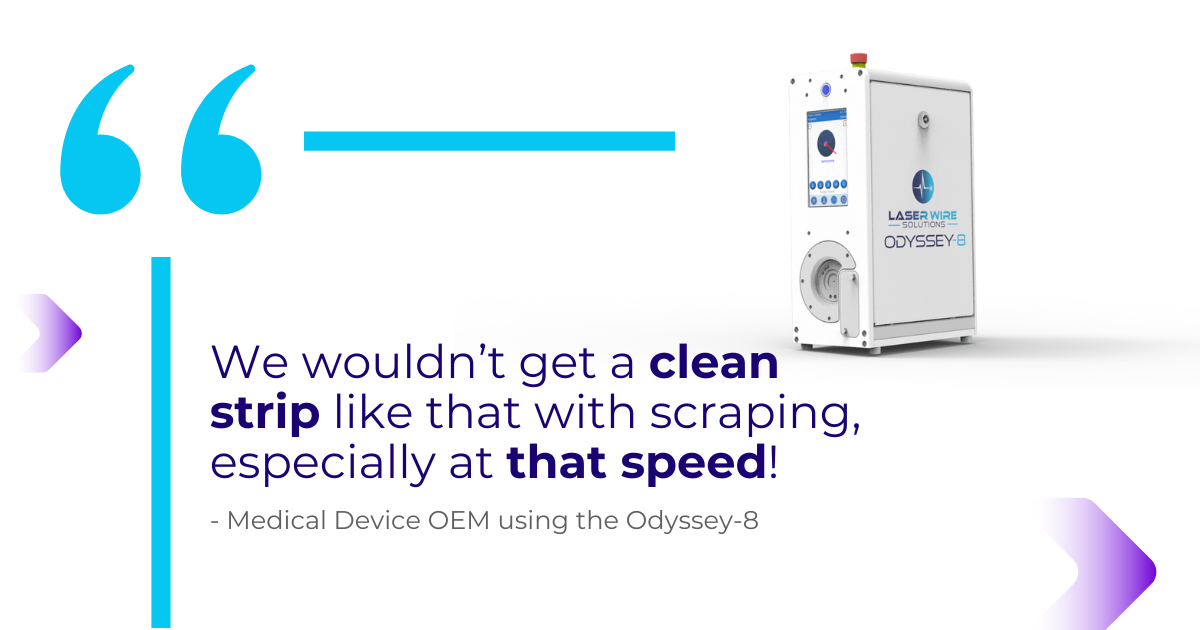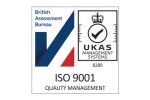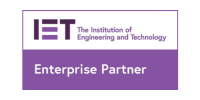In precision manufacturing environments, wire processing constitutes a critical process parameter with direct influence on product reliability metrics and overall system performance. The quantitative analysis of wire rejection rates—defined as the percentage of processed conductors failing to meet specified dimensional, electrical, or mechanical tolerances—reveals a complex cost structure that extends significantly beyond the visible accumulation of discarded materials.
When wire processing fails to achieve specification compliance (whether due to stripping depth inconsistency, insulation thermal degradation, or conductor structural compromise), the resultant rejection introduces measurable inefficiencies that propagate through the entire production ecosystem. This technical brief examines the multi-variable cost function associated with elevated rejection rates and presents evidence-based methodologies for process optimization—because in manufacturing, what strips your wires today will strip your profits tomorrow.
Technical Cost Analysis: Beyond Visual Scrap Accumulation
1. Material Utilization Inefficiency Coefficient
Wire rejection introduces a non-recoverable utilization deficit in the raw material consumption equation. For specialty conductors—particularly PTFE-insulated micro-coaxial assemblies (AWG 42-56) or silver-plated aerospace conductors with radiation-hardened jacketing—this deficit compounds exponentially. Current market volatility for copper (fluctuating between $3.75-4.25/lb) exacerbates this inefficiency vector.
2. Production Throughput Degradation Metrics
Each rejection event triggers a cascade of non-value-added operations that can be expressed as:
Productivity Loss = (Troubleshooting Time + Reprocessing Time) × Hourly Production RateIn JIT manufacturing environments, this creates schedule perturbation effects that propagate logarithmically through downstream processes—not unlike trying to recalibrate an oscilloscope while wearing oven mitts.
3. Labor Resource Misallocation
When the wires or even entirely build products are rejected, skilled workers must re-do the work, taking them away from their usual tasks. For every 1% increase in rejected wires, about 0.8% of skilled labor time is wasted on fixing problems—the technical equivalent of using a precision micrometer to measure pudding consistency.
4. Regulatory Compliance Risk Exposure
For Class III medical devices and mission-critical aerospace systems, wire integrity is directly coupled to system reliability parameters. Statistical process control data indicating elevated rejection rates constitutes a documented deviation from validated manufacturing processes—potentially triggering 21 CFR Part 820 non-conformance or AS9100D audit findings that can propagate through the entire quality management system with the determination of a particularly stubborn algorithm.
5. Environmental Impact Coefficient
The disposal of rejected wire assemblies generates measurable environmental metrics:
- Landfill contribution: 0.3-0.7 kg/1000 units rejected
- Processing chemical disposal requirements: 1.2-1.8L/1000 units
- Carbon footprint expansion: 2.4-3.6 kg CO₂e/1000 units
Technical Solution: Process Parameter Optimization
The implementation of laser wire stripping technology (such as the Odyssey-8) represents a significant advancement in process capability. This method avoids mechanical stress by using precise infrared light for stripping.
Technical ROI Calculation
Laser wire processing provides measurable results, including:
- Reduction in material consumption
- Elimination of mechanical stress-induced failure modes
- Smoothing out the production process
- Reallocation of technical resources for process improvement
- Reduction of regulatory non-conformance
Technical Consultation Request
For a detailed analysis of your specific wire processing application, contact our wire processing experts today. We’ll help you strip away your production problems.


